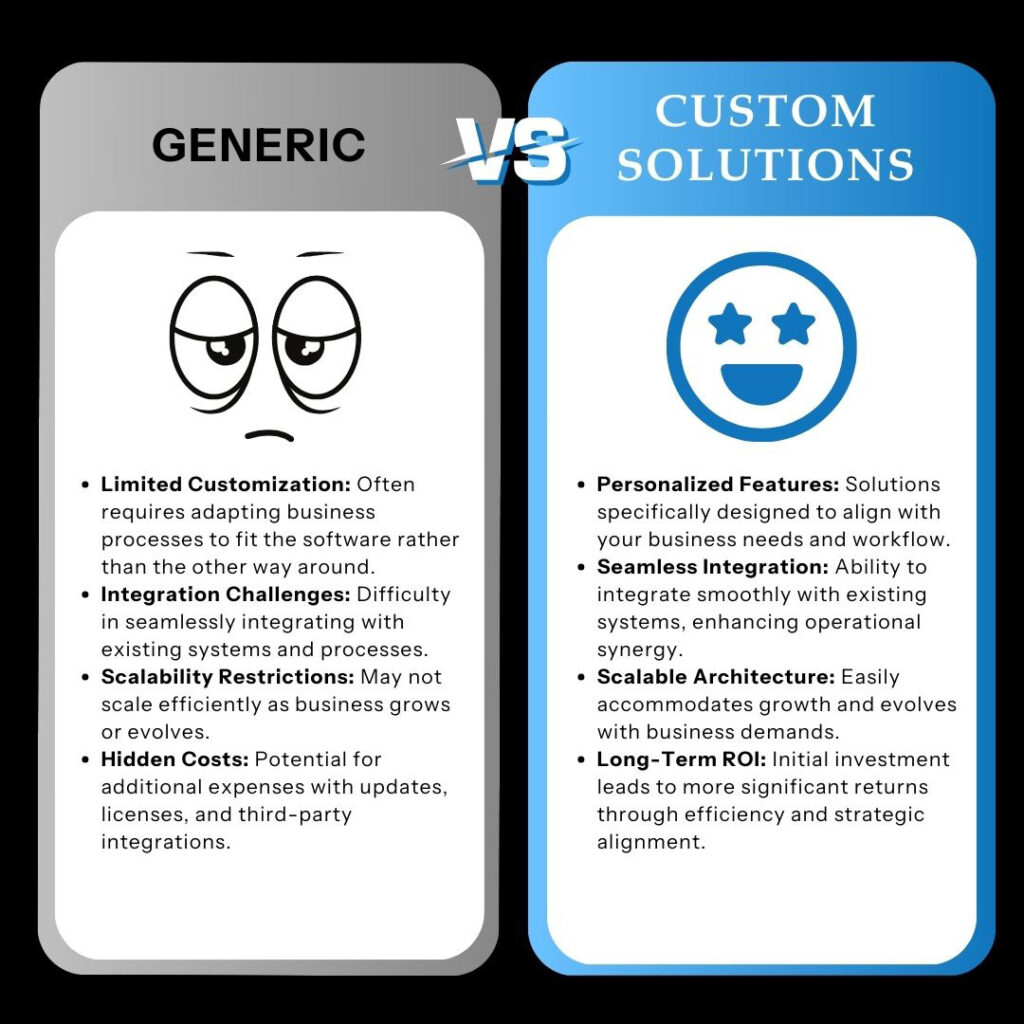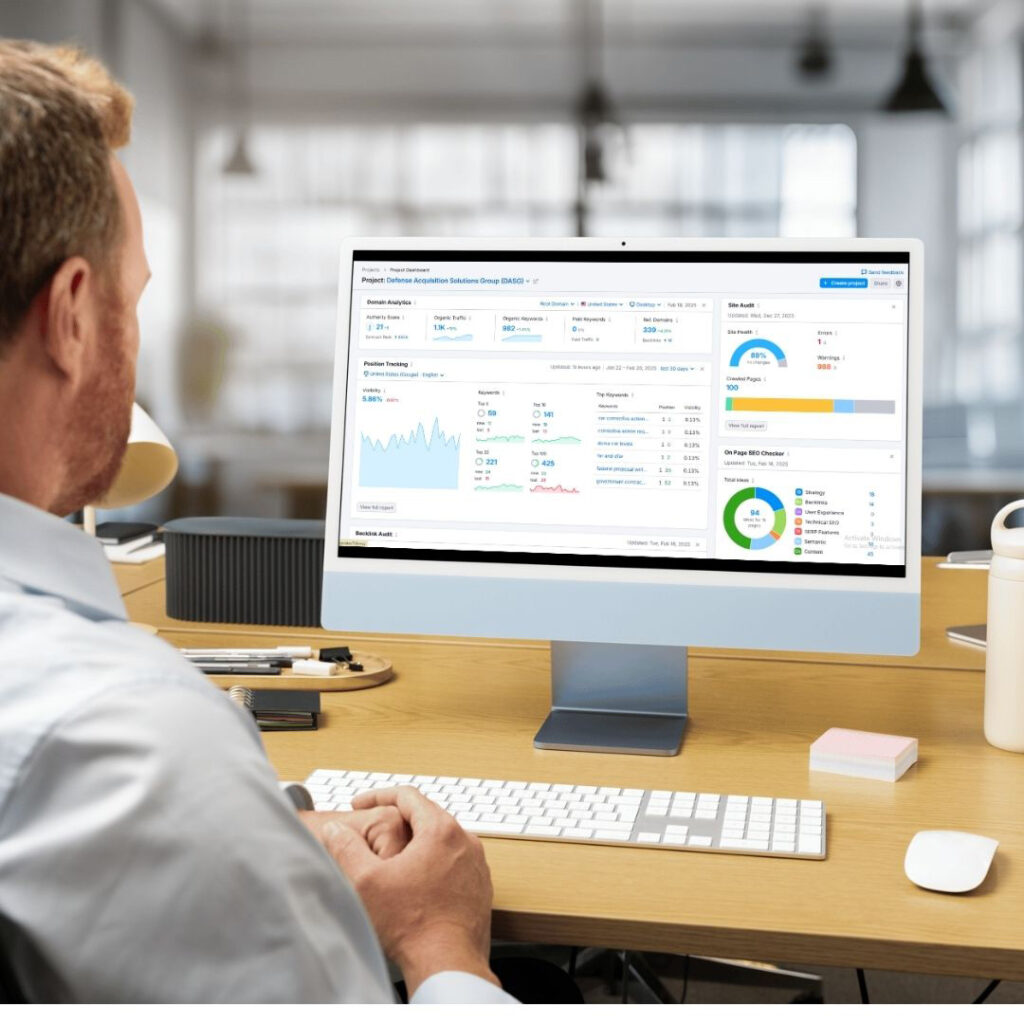




In today’s fast-paced digital economy, your ecommerce website is often the first — and sometimes only — interaction a potential customer will have with your brand. A well-structured, fast-loading site isn’t a nice-to-have anymore — it’s a competitive necessity.
Ecommerce website development has evolved far beyond simply setting up an online store. It’s now about engineering an experience, one that seamlessly blends speed, usability, responsive design, and trust signals to guide users from first click to final conversion. In this environment, templated approaches rarely cut it.
Conversion-focused development addresses every layer of the digital shopping journey: from how a product page renders on a mobile device, to how a checkout process handles payment friction, to how intuitive the shopping cart feels during a last-minute decision. When all of these pieces work together, conversion rates improve — and often dramatically.
This article explores the key pillars of smart ecommerce development, rooted in experience with high-performing ecommerce sites, an understanding of what search engines reward, and a firm grasp of what real users expect during online shopping experiences.

The ecommerce landscape has matured — and so have consumer expectations. Visitors today aren’t just browsing; they’re benchmarking. They’re subconsciously comparing your site’s design, speed, and ease of use against the last ten ecommerce businesses they interacted with.
Unfortunately, many ecommerce sites still rely on off-the-shelf templates that look decent but fall short where it matters: performance, customization, and conversion strategy. These templates often come bloated with unnecessary features, offer limited control over the user experience, and struggle to adapt to the needs of different buyer personas.
Generic design fails to answer critical questions:
Effective ecommerce website development requires more than plug-and-play setups. It demands thoughtful architecture, guided by both data and buyer behavior. Every page element, from product filtering to the shopping cart interface should be intentional, not incidental.
Templates might launch quickly, but they rarely scale effectively. For growth-focused brands, the goal isn’t just to look good, it’s to function with precision and convert consistently. That kind of performance doesn’t come from templates. It comes from strategic, experience-driven design and development.

A visually appealing website may grab attention, but it’s strategic website design that holds it and converts it.
Today’s shoppers expect more than aesthetics. They need clarity, simplicity, and momentum throughout their browsing experience. Strategic design aligns with natural user behavior and decision-making psychology. That means:
But here’s the part that often gets overlooked: good design isn’t static. It adapts; especially on mobile. With more than half of online shopping happening on a mobile device, ecommerce design must prioritize mobile responsiveness without sacrificing desktop performance.
A well-designed site also supports SEO performance. Search engines reward structure and usability. Clean code, accessibility, and visual hierarchy all impact how a page appears in search results, especially when coupled with fast loading times and relevant content.
In short: design isn’t just about branding, it’s about guiding users effortlessly toward a goal. When the user experience is both intuitive and persuasive, conversions naturally follow.
No matter how beautiful your site is or how engaging your product pages are, if the checkout process is clunky, you’ll lose the sale.
The average cart abandonment rate across ecommerce is nearly 70%. And while some drop-off is inevitable, a significant portion is caused by avoidable friction: confusing forms, lack of payment options, or a checkout flow that feels more like a maze than a funnel.
Smart ecommerce website development solves this by streamlining the checkout experience from start to finish. Key optimizations include:
Speed is another critical factor. Every additional page load or redirect increases abandonment risk. A single-page or accordion-style checkout often outperforms traditional multi-step flows especially on mobile devices, where interruptions or delays are magnified.

Page speed isn’t just a user experience metric, it’s a conversion catalyst. In ecommerce, every second of delay can cost sales. Research shows that a two-second delay in load time can increase bounce rates by up to 87%, and shoppers have little patience for slow or clunky performance.
Smart ecommerce web development prioritizes speed from the ground up. That means lean, optimized codebases, asynchronous loading of non-critical assets, and media handling that doesn’t bog down mobile users. Performance isn’t something added at the end, it’s baked into the architecture during both the designing and developing phases.
From a search engine’s perspective, load time is a ranking factor. A technically sound site, one that’s fast, mobile-friendly, and easy to crawl is more likely to rank well and draw qualified traffic. Technical SEO ties directly into this. Clean URL structures, schema markup, secure HTTPS protocols, and well-structured internal linking all contribute to discoverability and trust.
Behind every high-performing ecommerce website is a solid foundation: a content management system (CMS) configured for speed and flexibility. Whether you’re managing seasonal product updates or publishing SEO-driven blog content, your CMS should support fast rendering and optimized delivery without compromising functionality.
Fast sites don’t just improve UX, they scale more effectively, rank more reliably, and convert more consistently. And in a landscape where milliseconds matter, technical diligence can make the difference between a bounce and a buy.
A rigid ecommerce backend can silently stall growth. That’s why a flexible content management system (CMS) is more than a convenience — it’s a strategic asset. The right CMS empowers your team to adapt quickly, manage content efficiently, and respond to evolving customer needs without costly development delays.
Modern ecommerce platforms demand a balance between structure and adaptability. Your CMS should support dynamic content, from product updates and landing pages to SEO-rich blog posts — while maintaining consistent performance across the board. This is especially crucial for content strategies aimed at long-term search visibility and brand authority.
In the modern ecommerce ecosystem, your website operates within a larger network of touchpoints, from social media platforms to email campaigns and retargeting ads. Seamless integration with these marketing tools isn’t just helpful; it’s foundational to a cohesive customer journey.
Smart ecommerce web development ensures that your site can both send and receive data from your broader marketing stack. That includes easy integration with Facebook Pixel, Google Analytics, email marketing platforms like Klaviyo or Mailchimp, and customer relationship management (CRM) systems. These connections allow for real-time campaign tracking, behavioral segmentation, and personalized messaging that actually converts.
Social media, in particular, plays an increasingly vital role. From Instagram Shop integrations to user-generated content galleries, ecommerce websites need to be built with social-first design thinking. Customers discover, engage, and decide on platforms like TikTok, Pinterest, and Facebook and your site must bridge that gap from discovery to purchase without friction.
Beyond functionality, these integrations also support your content management system (CMS). When done right, content shared via social can be repurposed or updated effortlessly on your website, creating a feedback loop that maximizes reach without doubling effort.
In short, integrating marketing tools and social media isn’t a bolt-on, it’s a core part of designing and developing ecommerce platforms that scale. When your tech stack works together, it unlocks smarter campaigns, richer insights, and more meaningful connections with your audience.

With countless agencies and freelancers promising sleek storefronts and fast builds, identifying a truly great ecommerce development company requires looking deeper than surface-level deliverables. The difference lies in how well a team translates business goals into digital infrastructure, not just how the site looks, but how it functions, performs, and evolves.
A top-tier development company brings more than technical chops. It combines web design expertise with data-informed decision-making, emphasizing usability, conversion strategy, and long-term scalability. That means thinking beyond launch to how the site will adapt to changing buyer behavior, market demands, and technology shifts.
The right partner will also approach ecommerce web development holistically integrating performance optimization, responsive design, content strategy, and marketing automation into a unified system. They’ll ask the tough questions: Who are your users? What content management system (CMS) suits your workflow? How will analytics inform future iterations?
While both involve building a user-facing website, ecommerce web development goes much deeper. It focuses on designing and developing a fully functional online store — incorporating product catalogs, secure payment systems, customer accounts, and inventory integrations. Traditional web design might prioritize branding and content, but ecommerce development must balance aesthetics with complex transactional workflows and performance under pressure.
A CMS plays a critical role in how easily you can update products, publish blog content, manage SEO elements, and scale your site. The right CMS gives your team flexibility without needing to touch code — allowing marketing and sales teams to act quickly. For ecommerce, platforms like Shopify, WooCommerce, and headless CMS setups can offer a blend of usability and power, depending on your business goals.
Essential. More than half of online purchases are made on mobile devices. If your site isn’t optimized for smaller screens, finger-friendly navigation, and fast load times on mobile networks, you’re likely losing sales. Responsive design isn’t a trend, it’s a baseline requirement for user experience and SEO performance.
Technical SEO ensures your site is crawlable, indexable, and fast, all of which impact how well it ranks in search engines. From URL structure and schema markup to image optimization and load speed, technical SEO helps search engines understand your site while improving user experience. For ecommerce, this can mean better visibility for individual product pages, which translates into higher organic traffic and conversions.
It depends on your strategy, but most ecommerce websites benefit from integrating tools like Google Analytics, Facebook Pixel, email marketing platforms (e.g., Klaviyo), review systems, and CRMs. These tools help you gather data, segment users, personalize campaigns, and ultimately drive repeat business through informed marketing efforts. A well-integrated stack supports both automation and human insight, making your site more than just a storefront — it becomes a sales engine.
"*" indicates required fields



